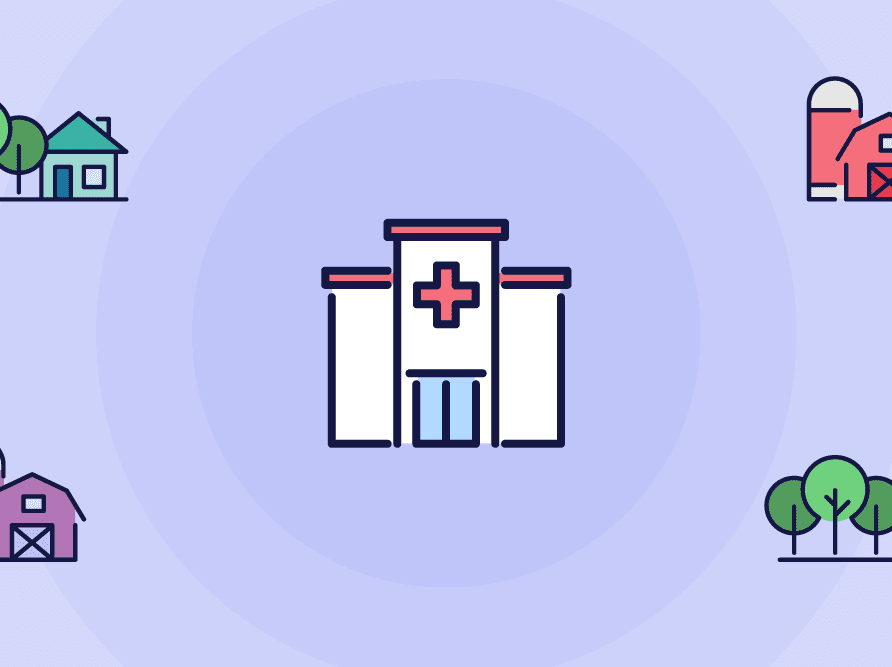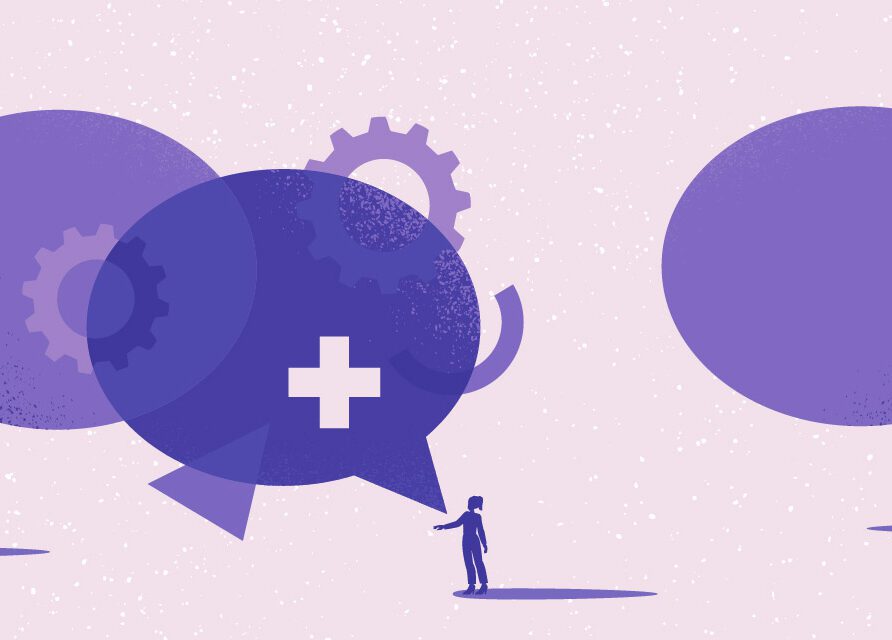Article
Interoperability: Connecting the clinical dots
Interoperability is “the ability of health information systems to work together within and across different organisations to advance the effective delivery of healthcare for individuals and communities.” Put more simply, it helps clinicians like me make the right decision, at the right time, for the right patient.
Let’s look at why interoperability is more crucial than ever.
Sustaining more informed decision-making
I work as an Emergency Department (ED) senior doctor, where I regularly make timely decisions to ensure patients receive the best, most optimal care. To do so safely, I need to obtain as much information as I can, from a variety of sources, about the patient. Interoperability gives clinicians a holistic view across the entire care continuum, providing access to critical information, such as the medicines the patient normally takes and many other pieces of key patient information.
Delivering more effective patient care
We need to be more efficient with the way we do things right now. The last two years have had a significant, detrimental impact on planned operations, waiting lists and access to family doctors. Interoperability not only supports the complete visibility of the patient record, but also reduces duplication of certain medical procedures, e.g., blood tests. This improves efficiency in patient care delivery and supports better communication.
Streamlining transfers of care
Data sharing across the care continuum, such as access to documentation, notes and test results, reduces unnecessary hospital admissions and transfers, as seen in Manitoba, Canada, where shared data leads to better decisions and, in many cases, reduces the need to transfer patients hundreds of miles. In the UK, the same data sharing practices reduce nursing home transfers to the ED, which helps streamline overall ED efficiencies.
For patients who need to be transferred, decisions leading to the transfer can be reached more quickly due to having all the clinical information available to the decision maker.
Enabling the availability of full patient information
Interoperability is not just about having access to all the information but having easy access to it. A single sign-on to all solutions that feed clinical data is a must. The solution also needs to offer the information within the clinical workflow, not force users to stop what they are doing and review clinical information. In addition, any information should be available in an easy-to-read human-centric format, such as seen in our newly released Sunrise™ Air.
Improving patient experience
Interoperability also has the power to directly improve the patient experience through a user-friendly portal. This gives patients the control to share clinical information with all who need it and make the right decisions. We see this in action at SA Health in Australia, which has access to local shared care records known as MyHealth records.
One place where we can see all of the benefits of interoperability coming together is in the UK, with the creation of Integrated Clinical Systems (ICSs). ICSs are partnerships of healthcare organisations that plan and deliver joined-up health and care services in areas around England. They have been designed to bring more holistic care across the country.
Ultimately, the goal of interoperability is to create a healthcare ecosystem that works for providers and patients, regardless of where they are in the world. At Altera Digital Health, we’re opening up more of our applications to enable FHIR and APIs to support interoperability. As a healthcare provider myself, I’m excited to see interoperability becoming a reality and I look forward to seeing how it improves in the future.













